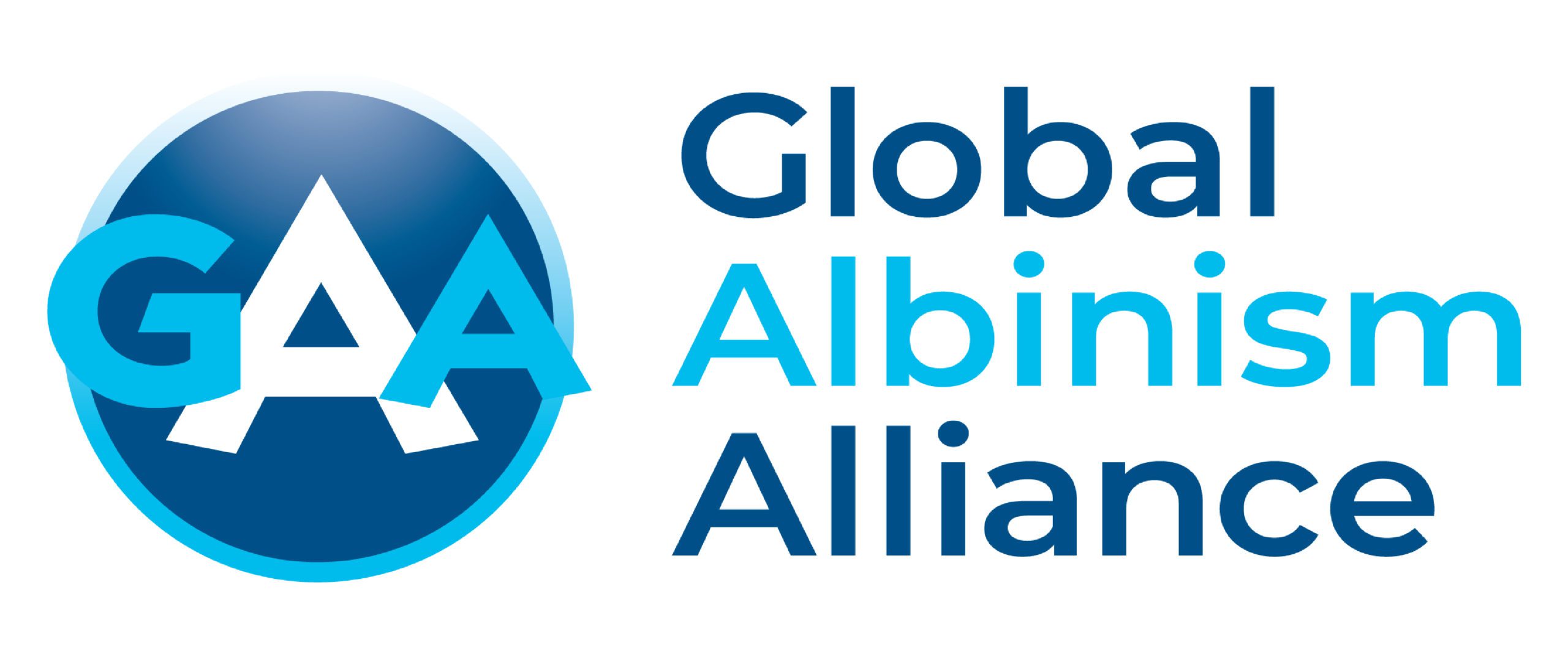Albinism & Human Rights
Human Rights Advocacy for Persons with Albinism
In search of remedies against the physical and psychosocial impacts of their condition, people with albinism started coming together to form organizations and support groups. The first group dates from 1978 when the Tanzania Albinism Society was formed. Since then over 200 albinism organizations have been created around the world.
Albinism organizations generally gather persons with albinism, their families, doctors and teachers to share information and support relative to the condition. Advocacy in society, particularly in school and the workplace is a common activity of albinism organizations. To know more about albinism organizations worldwide, and what motivated them to form the Global Albinism Alliance, read the
GAA report on Albinism Organizations
When attacks on persons with albinism in countries of Eastern and Southern Africa were relayed by international media in early 2000, the serious human rights concerns linked to albinism in these regions could no longer be ignored. They spanned a spectrum of violence and abuse such as abandonment, stigmatization, normalized isolation and discrimination of persons with albinism by their communities, infanticide, physical attacks and kidnapping, killings, sexual violence, difficulty to access education and employment, degrading and inhumane treatments, grave desecration, maiming, trafficking, etc.
A Brief History of Human Rights Advocacy for Persons With Albinism
2013 - First Human Rights Council resolutions
In 2013, albinism officially became a matter of human rights when the United Nations Human Rights Council invoked the Universal Declaration of Human Rights and Human Rights Treaties in support of two resolutions in the same year, calling an end to attacks and discrimination against persons with albinism and urging States to take all measures necessary to prevent further attacks.
The resolutions also requested the Office of the High Commissioner on Human Rights to submit a preliminary report on attacks and discrimination against persons with albinism.
2014 - The UN proclaims an International Albinism Awareness Day
In 2014, the UN General Assembly raised the profile of albinism by proclaiming June 13 as International Albinism Awareness Day.
2015 - Creation of the United Nations Mandate for an Independent Expert on Albinism
In March 2015, following the preliminary report submitted by OHCHR and in the face of the complexity and extent of the violence and discrimination against persons with albinism it uncovered, the UN decided to appoint by Resolution A/HRC/28/L.10 an Independent Expert on the enjoyment of human rights by persons with albinism. The mandate is for 3 years and renewable.
The role of the Independent Expert on albinism is mainly to engage in dialogue and consult with States and other stakeholders, to report annually on developments and challenges to the realization of the enjoyment of human rights by persons with albinism in all regions of the world, and to make recommendations to the Human Rights Council in this regard. To that end, she makes country visits and drafts reports on these visits.
- To learn more about the Mandate of the UN Independent Expert: click here.
- To consult the reports of the UN Independent Expert to the Human Right Council, click here.
- To consult reports on the country visits by the UN Independent Expert (Mozambique Malawi Tanzania, Kenya, Fiji, South Africa, Brazil), click here.
Ms IK Ero was the first Independent Expert appointed in 2015. The UN Mandate of the Independent Expert on albinism was renewed in 2018 and in 2021. The current mandate holder is Ms Muluka-Anne Miti-Drummond.
Albinism and Human Rights Worldwide
The enjoyment of their human rights by persons with albinism varies greatly between regions and countries. Substantive reports about albinism and human rights have been written in the last few years. They give an overview of the situation of persons with albinism in different regions worldwide, summarizing legislation and policies and identifying gaps in the enjoyment of human rights, as well as best practices. Such reports are helpful resources for a variety of stakeholders including national human rights institutions and grassroots albinism organizations.
